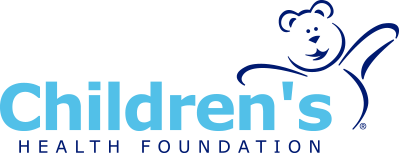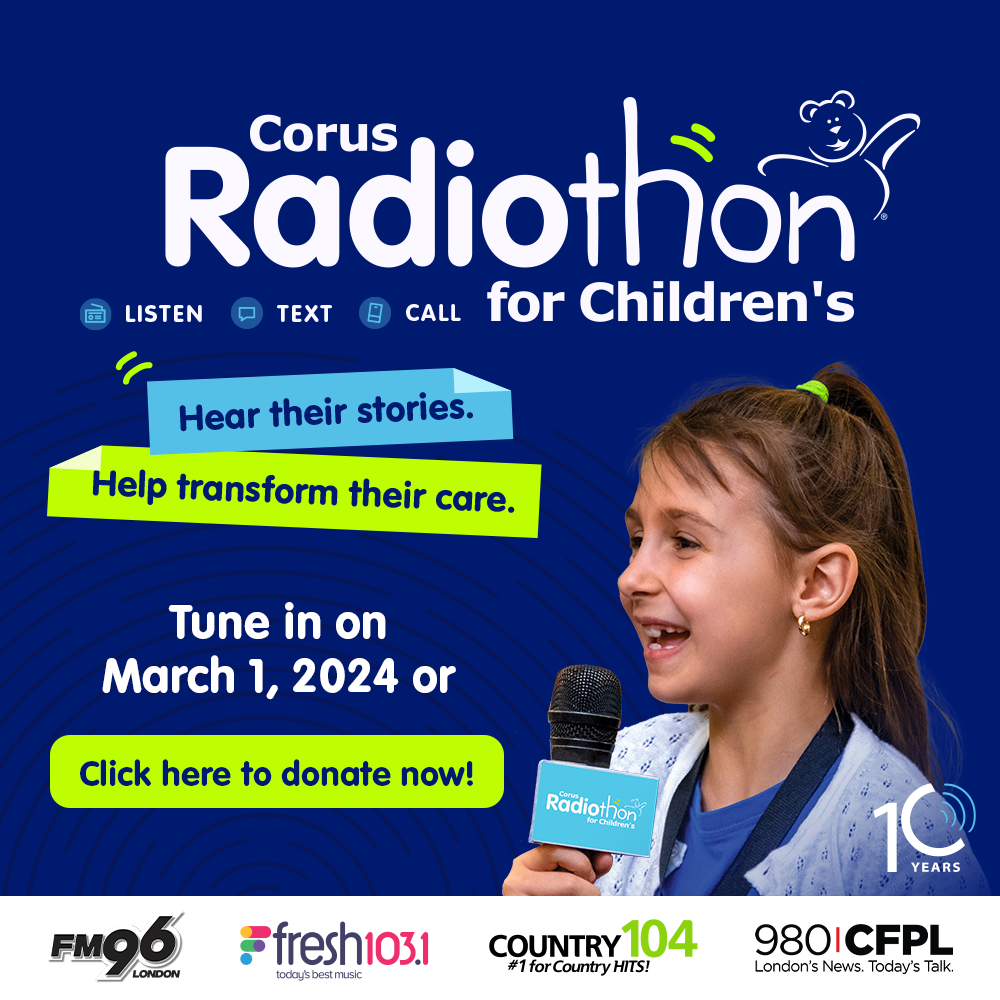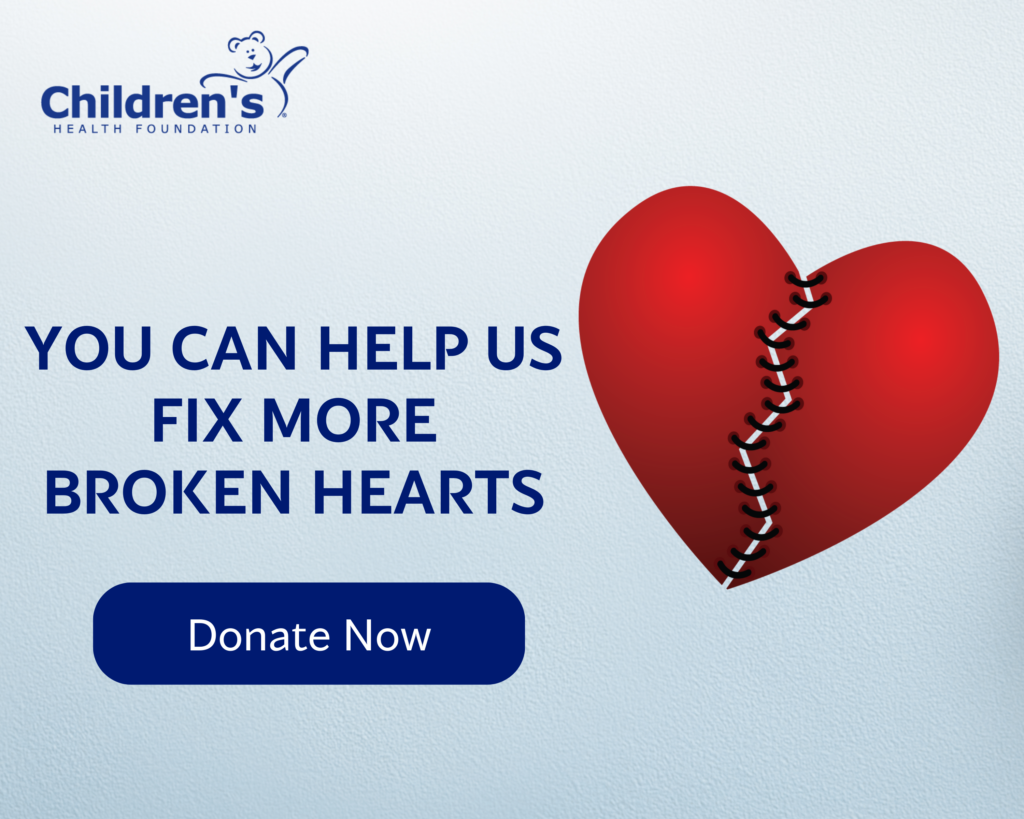Children’s Neonatal Paediatric Transport Team share their incredible effort to safely transport Waylon to specialized paediatric critical care at Children’s Hospital.
*Waylon’s Case Notes:
Neonatal Paediatric Transport Team
Charity Lindsay, Registered Respiratory Therapist
Jessi Baer, Registered Nurse
January 24, 2023
3:32 p.m.
Charlotte Eleanor Englehart Hospital in Petrolia connected with Children’s Hospital to access expertise and resources beyond what their smaller centre was equipped to provide.
3:40 p.m.
Our Neonatal Paediatric Transport Team received a referral, moving us to action for Waylon. We were just returning from a previous call, so the equipment needed to be cleaned. We also needed to restock our supplies and collect additional equipment for Waylon’s weight and size.
4 p.m.
Dr. Alex Lepage-Farrell joined us, and we left for Petrolia. Enroute, the three of us ran through various scenarios and planned how we would respond to provide the best possible care for Waylon.
4:50 p.m.
We arrived at Charlotte Eleanor Englehart Hospital and assessed the situation. We found that the local hospital had rallied every available body and put together a strong system for CPR. They had an individual coaching and calling the minutes and a line of several people taking turns giving chest compressions, allowing them to keep their stamina throughout the three hours of CPR they provided. They also had individuals holding heaters to help warm Waylon’s body, which was so cold they couldn’t read his temperature. Confident in the hospital’s efforts, we encouraged them to continue what they were doing. We began working around them to enhance the care they were already providing.
5:00 p.m.
Jessi Baer, RN placed an IV, which was important for us to be able to quickly administer warm fluids, medications and medical therapies.
5:08 p.m.
With guidance from Charity Lindsay, RRT, Dr. Lepage-Farrell placed a new endotracheal tube that was the best fit for Waylon’s airway size, improving ventilation and oxygenation. Next, we placed a NG tube, which made it possible to clear his stomach and fill his belly with warm fluid to help raise his temperature.
5:34 p.m.
Forty-four minutes after we arrived, Waylon showed a sustained pulse for the first time since he fell in the pool.
6:16 p.m.
We made the decision to take this window to transport him to Children’s Hospital. We knew there was a high risk of losing his pulse again and he needed the equipment, technology and expertise that only a paediatric hospital could provide. We very quickly packed up our supplies and moved him onto our stretcher and into the ambulance. Our EMS crew had preheated the vehicle to be as hot as possible and we packed around his body with warm saline bags.
6:23 p.m.
We departed Petrolia for London with lights and sirens. We continued providing stabilization care.
6:53 p.m.
Waylon’s pulse weakened. We administered saline fluids and his heart rate improved.
7:20 p.m.
We arrived at Children’s Hospital and rushed him into the PCCU. We had called the team ahead so they would be prepared to immediately begin delivering the highest level of critical care for Waylon. They put him on their monitors, ventilator and infusion pumps. The room was already heated, and they had prepared the Bair Hugger, a forced air warming system, to raise his temperature.
8 p.m.
We provided our report and then ended our shift, confident that our colleagues would provide exceptional care – and they did. Waylon made an amazing recovery.
*This is a condensed version of the care provided to Waylon.
Children’s Neonatal Paediatric Transport Team is made up of 20 highly skilled and knowledgeable nurses and respiratory therapists. They are specially trained to provide the safest transport possible to children as young as 22 weeks gestation and up to 17 years of age. Serving Western Ontario, our team covers the largest geographic catchment area of all the paediatric hospital transport teams in Ontario.










